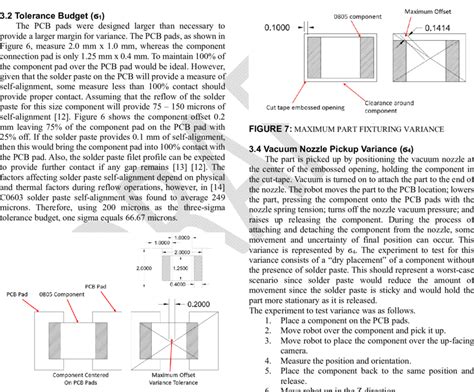
ALL ABOUT FLEX PCB
-
What is the typical tolerance for PCB?
Posted by
–
 Read more: What is the typical tolerance for PCB?
Read more: What is the typical tolerance for PCB?What is PCB tolerance? PCB tolerance is the acceptable range of deviation from the ideal or specified dimensions and placement of features on a printed circuit board. These features include the size and location of holes, pads, traces, and other elements on the PCB. The tolerance is usually expressed as […]
-
Understanding Manufacturing Tolerances on a PCB – Track Width and Isolation Gap Tolerances
Posted by
–
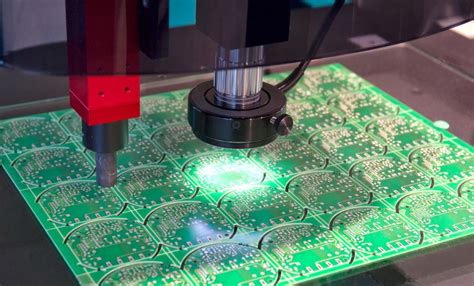 Read more: Understanding Manufacturing Tolerances on a PCB – Track Width and Isolation Gap Tolerances
Read more: Understanding Manufacturing Tolerances on a PCB – Track Width and Isolation Gap TolerancesIntroduction to PCB Tolerances Printed Circuit Boards (PCBs) are essential components in modern electronic devices. They provide a platform for mounting and interconnecting electronic components, enabling the creation of complex circuits. However, the manufacturing process of PCBs is subject to various tolerances that can affect the performance and reliability of […]
-
Understanding Manufacturing Tolerances on a PCB
Posted by
–
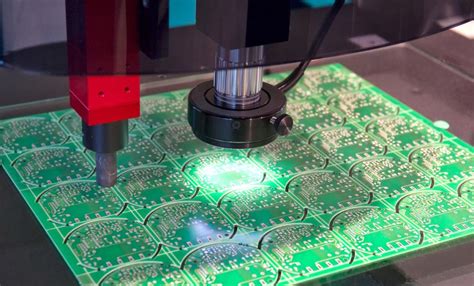 Read more: Understanding Manufacturing Tolerances on a PCB
Read more: Understanding Manufacturing Tolerances on a PCBWhy are PCB tolerances Important? PCB Tolerances play a crucial role in the success of your electronic device for several reasons: Functionality: Proper tolerances ensure that components fit correctly and the PCB functions as designed. Reliability: Tight tolerances help maintain consistent performance and reliability of the PCB over time. Manufacturability: […]
-
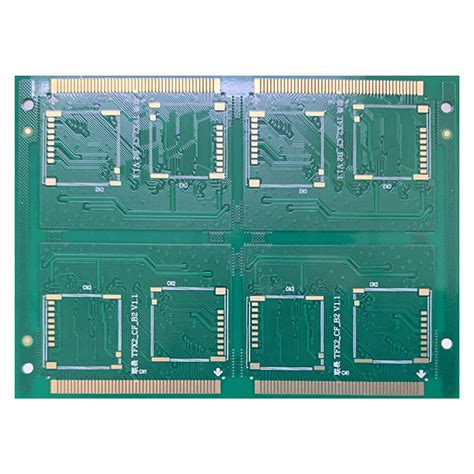 Read more: Soldermask on via-holes in case of chemical Nickel-Gold surface finish
Read more: Soldermask on via-holes in case of chemical Nickel-Gold surface finishIntroduction to Soldermask and Nickel-Gold Surface Finish Soldermask, also known as solder resist, is a thin layer of polymer applied to the copper traces of a printed circuit board (PCB) to prevent oxidation and provide protection against solder bridging during the assembly process. It also serves as an insulating layer, […]
-
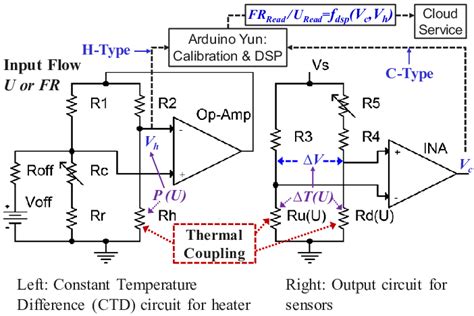 Read more: Temperature difference between external sensor and furnace sensor.
Read more: Temperature difference between external sensor and furnace sensor.Introduction to Temperature Sensors Temperature sensors are essential components in a wide range of applications, from industrial processes to home appliances. They are designed to measure and monitor the temperature of a specific environment or object, providing crucial data for control systems and safety mechanisms. In this article, we will […]
-
CAD2CAM4PCB seminar well appreciated
Posted by
–
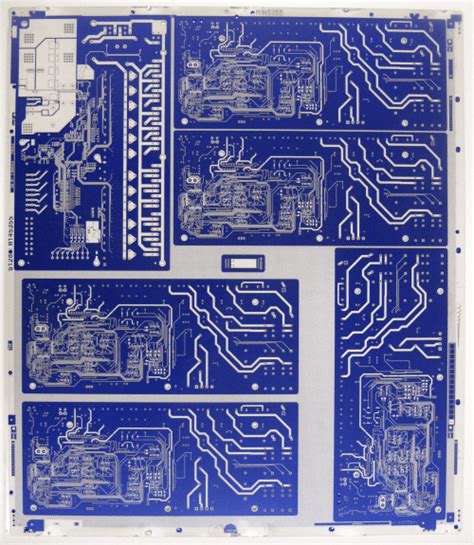 Read more: CAD2CAM4PCB seminar well appreciated
Read more: CAD2CAM4PCB seminar well appreciatedIntroduction to CAD2CAM4PCB CAD2CAM4PCB is an innovative software solution that streamlines the PCB design and manufacturing process by seamlessly integrating computer-aided design (CAD) with computer-aided manufacturing (CAM). This powerful tool enables engineers and designers to efficiently create high-quality printed circuit boards (PCBs) while minimizing errors and reducing overall production time. […]
-
What is the Outer (Layer) of a PCB?
Posted by
–
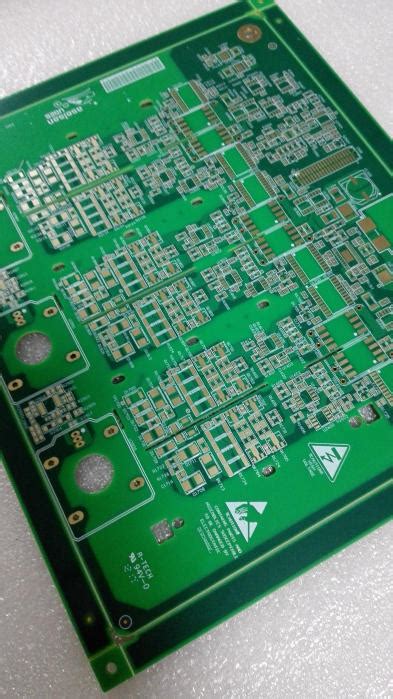 Read more: What is the Outer (Layer) of a PCB?
Read more: What is the Outer (Layer) of a PCB?Introduction to PCB Layers Printed Circuit Boards (PCBs) are essential components in modern electronics, providing a platform for mounting and interconnecting electronic components. A PCB consists of multiple layers, each serving a specific purpose in the overall functionality of the board. Among these layers, the outer layer, also known as […]
-
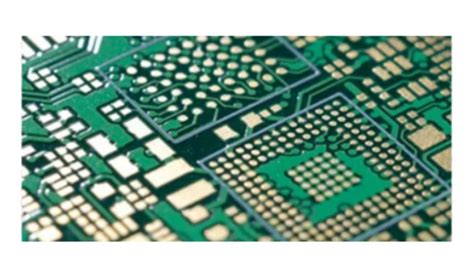 Read more: PCB Classification – Pattern Class and Drill Class
Read more: PCB Classification – Pattern Class and Drill ClassIntroduction to PCB Classification Standards Printed Circuit Boards (PCBs) are essential components in modern electronics, providing the foundation for interconnecting electronic components. To ensure the quality, reliability, and manufacturability of PCBs, various classification standards have been established. Two important aspects of PCB classification are the Pattern Class and Drill Class, […]
-
Advanced PCB and Stencils Services
Posted by
–
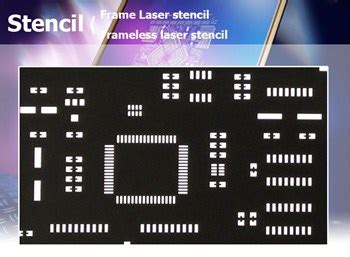 Read more: Advanced PCB and Stencils Services
Read more: Advanced PCB and Stencils ServicesIntroduction to PCB Stencils PCB stencils are essential tools in the Electronic Manufacturing process, allowing for precise and efficient application of solder paste onto printed circuit boards (PCBs). These stencils are typically made from durable materials such as stainless steel or polyimide and feature apertures that correspond to the pads […]
-
What is PCB stencil
Posted by
–
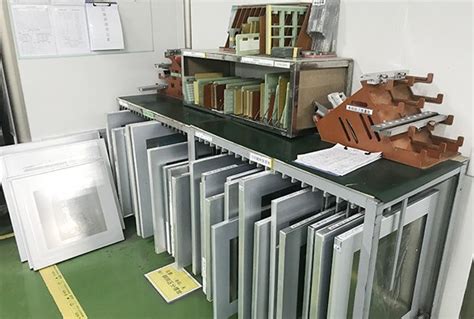 Read more: What is PCB stencil
Read more: What is PCB stencilIntroduction to PCB Stencils A PCB stencil is a thin sheet of material, typically stainless steel or polyester, that is used in the process of applying solder paste to a printed circuit board (PCB) during the surface mount technology (SMT) assembly process. The stencil has openings that correspond to the […]




